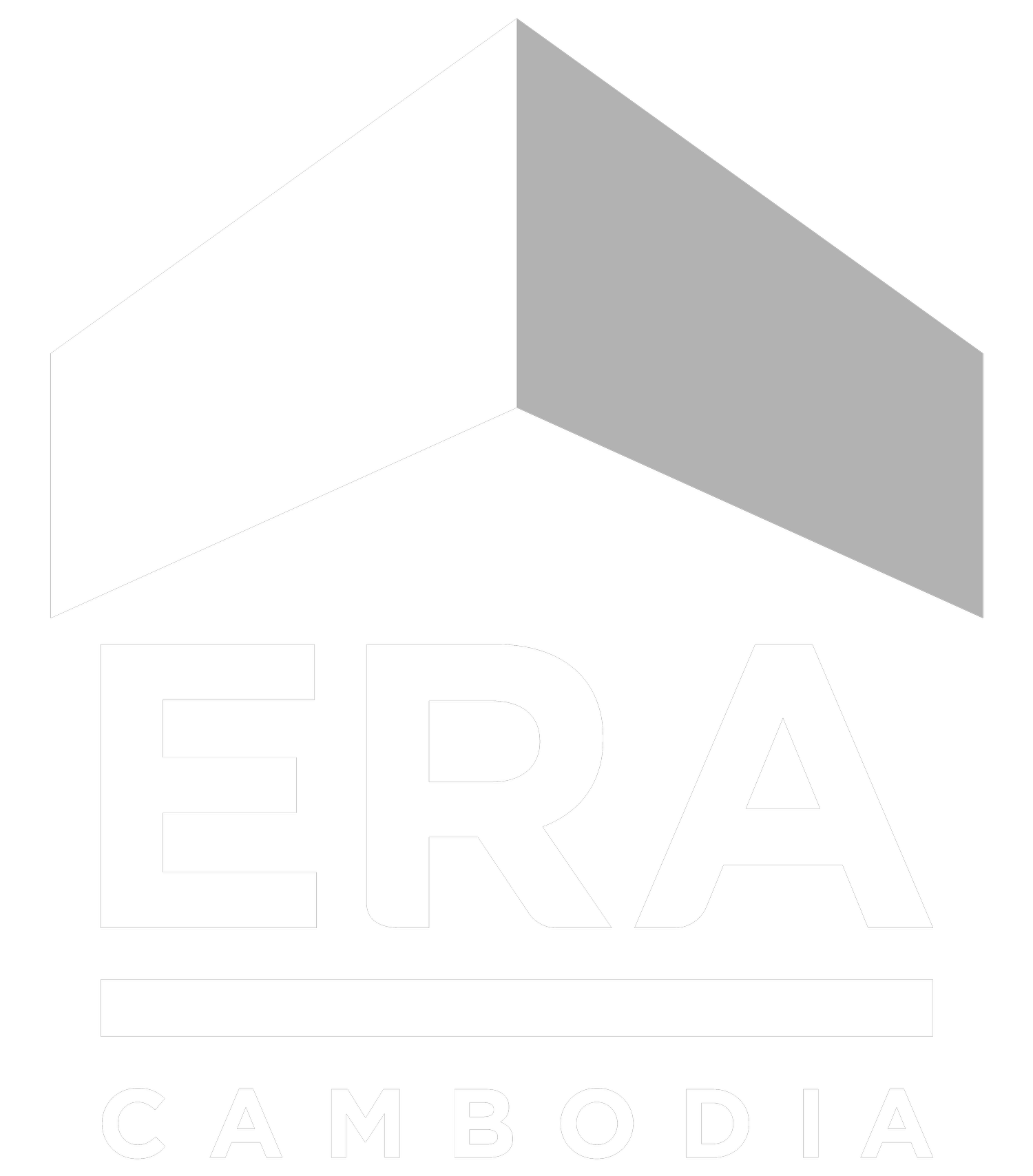Analysis: “Buying a Condo as an Investment” Opportunities vs Costs
By: Hoem Seiha, Partner and RE Advisor at ERA Data Intel
Buying a condo was nothing much common than buying a landed house--locals were more familiar with landed houses at one of the gated "boreys" or communities often located in the outskirts of or outside Phnom Penh's CBD areas.
But that was 10 years ago. The trend has changed now.
Often 10% to 20% owned by locals and about 80% to 90% by foreigners in the past decade, now several condominiums are owned by locals--30% to 60% depending on each different projects and locations.
That sparks a doubt why is it so, as not many locals who live in condominiums are seen out there. So the answer is that many locals purchased condos for investment purposes rather than living in them.
Of course, some of big stars or influential people are seen living in condominiums to show there high status to their fans.
That's said, The most common purpose for buying a condominium unit is for--either investment by anticipating a leaseback to the developer or a property management or renting it out himself to tenant--or for living himself.
What are the investment opportunities for investing in a condominium as comparing to other properties out there?
Despite condominium's annual value grow at the secondary market is not as good as that of a land parcel or a few other properties, it can be quite acceptable at about 2% to 3% of value's CAGR, as opposed to a detached villa which achieves up to 3% to 7% of secondary market value's CAGR. But that doesn't mean condo is an uninteresting thing to buy--its annual rental yield is by far the best of all.
By achieving 6% to 8% of annual rental yield, an average condominium can enjoy a rental of up to 3 to 6 years of leaseback guarantee (or GRR) by developers (18% to 36% of total rental yield).
For example, if you buy a condo unit of about $100,000, you will earn a yearly rental of about $7,800, which is about 7.8% of the total cost of your investment. That's wonderful, isn't it? The yield-to-cost ratio very favorable for condominium investment. Let's see the analysis below:
For a condominium investment, assumption taken as: Investment cost = $100,000
>> Monthly rental = $650, or Yearly rental revenue = $7,800.
>> Yield-to-cost ratio = $7,800 / $100,000 = 0.078, or 7.8%
GIM (Gross Income Multiplier), a strong determinant for for investor to consider an investment for how many years he/she should recover from the investment:
>> $100,000 / $7,800 = 12.8
Therefore, he/she can take 12 years and 8 months to recover his/her investment just from rental, and not yet the resale of the condominium itself.
As opposed to condo, an average detached villa can only achieve 2.5% to 4% of annual rental yield--by far considerably lower than that of a condominium. So comparing yield-to-cost ratio is pretty unfavorable for this type of property.
For a detached villa investment, assumption taken as: Investment cost = $350,000
>> Monthly rental = $1,100, or Yearly rental revenue = $13,200.
>> Yield-to-cost ratio = $13,200 / $350,000 = 0.0377, or 3.77%
GIM for a detached villa is as analyzed:
>> $350,000 / $13,200 = 26.5
This means that for the investor who invested in a detached villa needs about 26 years and 5 months to recover his total investment from the rental revenue. This won't consider on resale of the property.
In conclusion, investing in different property types can be on different purpose the numbers and analytics will speak themselves.
Do you like my analysis? Please feel free to comment.
For additional consultation on investment analysis and real estate market insights, please feel free to contact.
Mr. Hoem Seiha, Partner and RE Advisor, ERA Data Intel
Tel: +855-12-699-553 / +855-10-699-553 | Teleg: t.me/Hoemseiha |
Email: hoem.seiha@eracambodia.com , hoem.seiha@eradataintel.com

